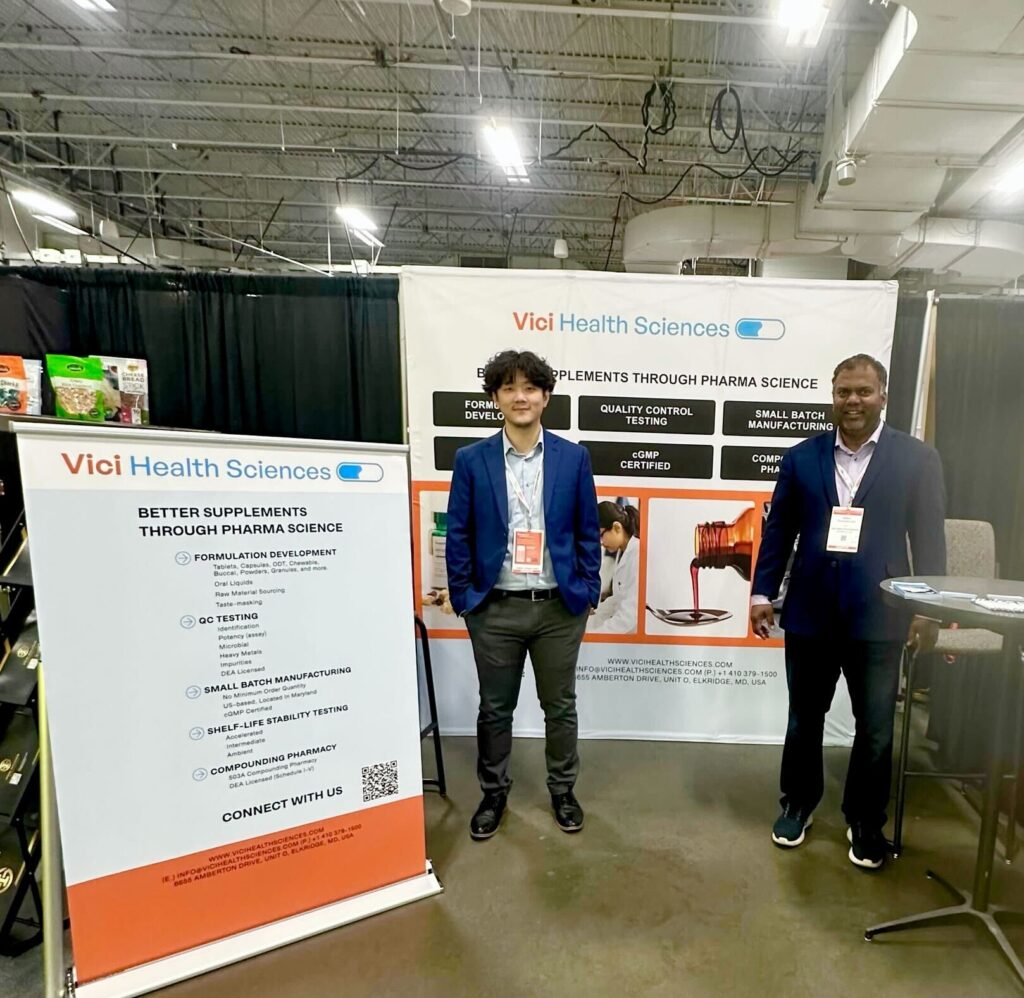The 505(b)(1) pathway is typically used for new drugs with active ingredients that the FDA has not previously approved. This pathway requires a full New Drug Application (NDA) supported by detailed safety and efficacy data from extensive preclinical and clinical trials conducted by or on behalf of the applicant. In contrast, the 505(b)(2) pathway allows sponsors to reference existing publicly available safety and effectiveness data from previously approved products.
When developing new drugs in the United States, pharmaceutical companies often compare 505(b)(1) vs 505(b)(2) approval pathways to determine the most suitable FDA process. These two regulatory pathways, outlined under Section 505 of the Federal Food, Drug, and Cosmetics Act, are designed for different drug applications. Their unique requirements can greatly influence cost and time in drug development, as well as market entry strategies.
Understanding 505(b)(1) vs 505(b)(2)
According to the FDA’s Drug Development and Approval Process, the 505(b)(1) application must include comprehensive information about the drug’s active ingredient, formulation, and administration. The FDA conducts a thorough review to ensure the drug meets all regulatory standards.
Since the 505(b)(2) pathway does not require all the safety and efficacy studies when modifying or developing new formulations of existing drugs, this pathway simplifies the review process resulting in speed-to-market. Additional bridging studies may still be needed to confirm safety and effectiveness for the intended use, but this approach combines new and existing data, saving time and money.
Key Differences Between 505(b)(1) and 505(b)(2)
The main differences lie in how data is used, the scope of the application, and the requirements for clinical trials.
1. Data Source & Requirements
- 505(b)(1): Requires all safety and efficacy data to be generated by or for the applicant, based entirely on original studies as outlined in FDA Guidelines.
- 505(b)(2): Allows the use of existing studies and literature, as detailed in the FDA’s Guidance on Section 505(b)(2) Applications, which can reduce the burden on developers.
2. Drug Type
- 505(b)(1): Suited for new chemical entity (NCE) drug development.
- 505(b)(2): Applied to repurposing existing drugs to new indications, route of administration, and formulations.
3. Type of Application
- 505(b)(1): Stand-alone New Drug Applications (NDAs) for entirely new active ingredients.
- 505(b)(2): Hybrid NDAs that can include data from existing drugs.
4. Market Exclusivity
- 505(b)(1): Typically grants five years of market exclusivity.
- 505(b)(2): Offers zero to three years of exclusivity depending on the circumstances.
The exclusivity period will also be determined by pediatric exclusivity (additional 6 months) or orphan drug exclusivity (total 7 years) the sponsor may receive.
Stages in the Approval Process
Both pathways involve several stages in the approval process. Below is a breakdown of each stage for both pathways:
505(b)(1) Pathway Stages
- Identify the target molecule.
- Conduct laboratory and animal studies to assess safety.
- Perform exhaustive characterization studies on the drug substance and manufacture cGMP drug substance for further development.
- Perform formulation development, analytical method development and validation, and complete all phase-appropriate CMC requirements.
- Manufacture clinical trial material and perform stability studies.
- Submit an IND to the FDA to begin clinical trials.
- Conduct Phase I, II, and III trials to gather data on safety and effectiveness.
- Submit an NDA with data to demonstrate that the drug is safe and effective.
- FDA reviews the application, which may take months to years.
- Monitor safety in the general population after approval.
505(b)(2) Pathway Stages
- Select a suitable reference product for the 505(b)(2) pathway.
- Conduct formulation development, analytical method development and validation, and complete all phase-appropriate CMC requirements.
- Submit an IND if new clinical trials are needed.
- Leverage previously published studies or data from approved drugs.
- Submit an NDA that incorporates both new and existing data.
- The FDA evaluates the application, often with a quicker review process.
- Similar post-marketing safety monitoring as with the 505b1 pathway.
It is important to note that all CMC requirements on the drug product including formulation development, analytical method development and validation, clinical supplies manufacturing, manufacturing process development and scale-up requirements are the necessary in both pathways. Thus it is crucial to work with a CDMO that is knowledgeable in all aspects of CMC.
Hypothetical Examples
To help explain how these regulatory pathways work in real-world situations, here are two examples:
Scenario for 505(b)(1): Developing a New Active Ingredient
A company creates a new cancer treatment with a unique active ingredient. Since there is no previous data on the compound, the company needs to go through the 505(b)(1) pathway. This requires conducting preclinical and clinical trials to prove the drug’s safety and effectiveness, followed by submitting a detailed NDA to the FDA.
Scenario for 505(b)(2): Reformulating an Existing Drug
Another company wants to create a nasal spray version of an already-approved oral medication. Using the safety data from the original drug, the company chooses the 505(b)(2) pathway. They conduct bridging studies to confirm the spray’s safety and effectiveness for its new method of delivery, which helps speed up the approval process and lower development costs.
The Advantage of the 505(b)(2) Pathway
The primary advantages are time and money. The 505(b)(1) drug development process typically costs upwards of $1B and may take ten years from inception to market approval. On the other hand, 505(b)(2) products can be developed for as little as $5-200M, depending on the required clinical studies. Development through market approval typically takes between 3-8 years.
Why Choose Vici as your CDMO?
Understanding the 505(b)(1) vs 505(b)(2) regulatory pathways is important for companies involved in drug development. While the 505(b)(1) pathway is essential for NDAs, the 505(b)(2) pathway offers notable efficiency and cost benefits, making it a compelling option for certain drug formulations.
Getting approval for new drugs can be complex and time-consuming, with many factors to consider. Without expert support, it is easy to go off course. As your trusted CDMO, Vici can help identify the best regulatory pathway for your specific drug development needs. Contact us today to learn more.






